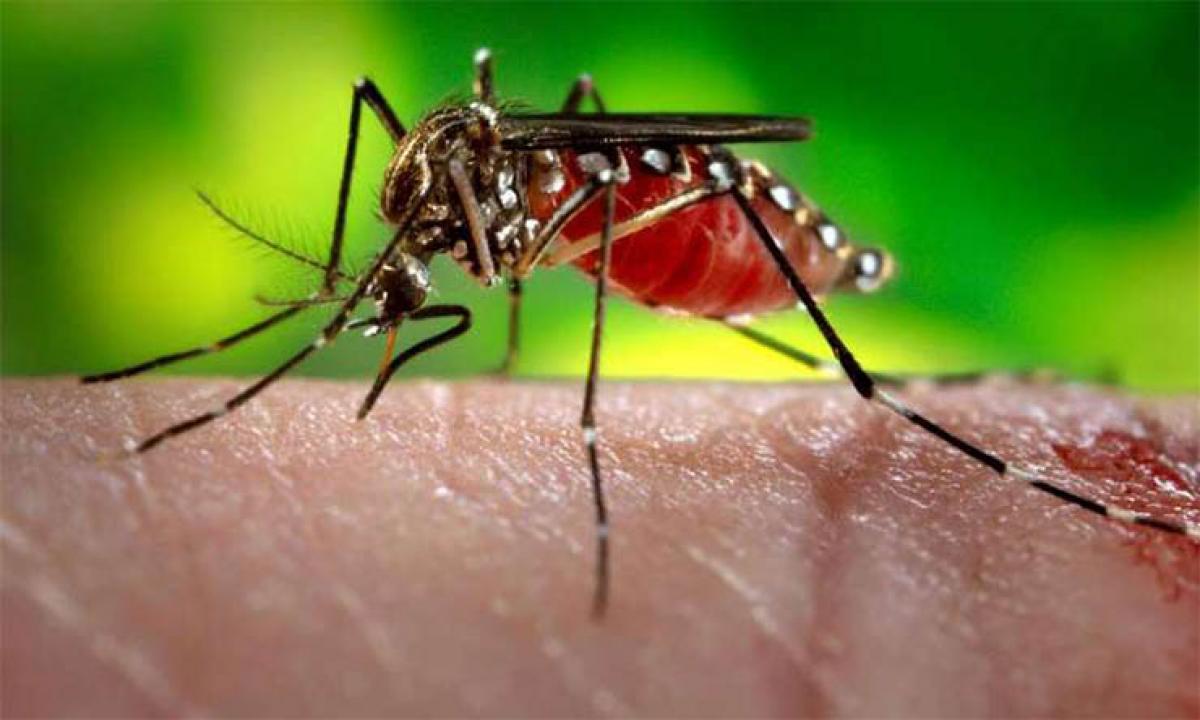Live
- Iraq rejects use of airspace for strikes on Iran, warns of conflict expansion
- Women's T20 WC: Renuka, Deepti restrict Australia to 151/8 in crucial encounter
- RG Kar case: Bengal Chief Secy calls meeting with doctors’ associations on Monday
- Patang Sets for Theatrical Release on December 27
- Anil Vij meets JP Nadda as BJP prepares for govt formation in Haryana
- Devotees visiting Puri Jagannath Temple will soon get free 'Mahaprasad'
- Mrs. India 2024 Hemalatha Reddy Graces Dandiya Events at Bathukamma Festival in Hyderabad
- Baba Siddique murder: One gets police custody till Oct 21, another sent for medical test; 2 absconding
- Head Constable Commits Suicide by Shooting Himself at Mahabubabad Collectorate
- Car Catches Fire in Shamshabad, Passengers Escape Unharmed










